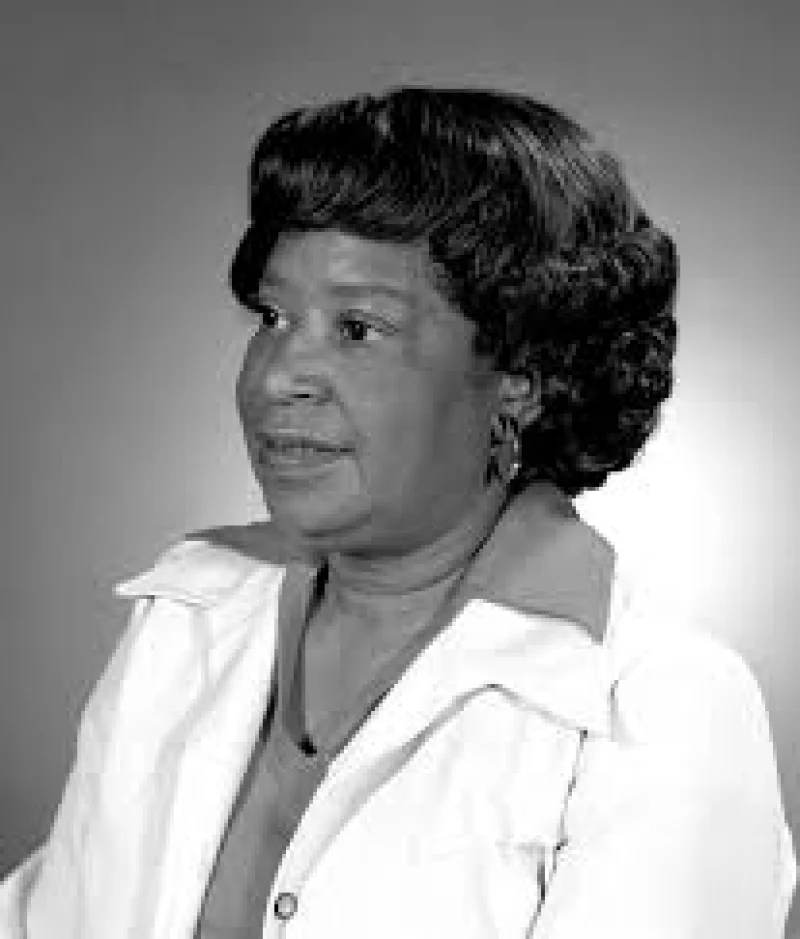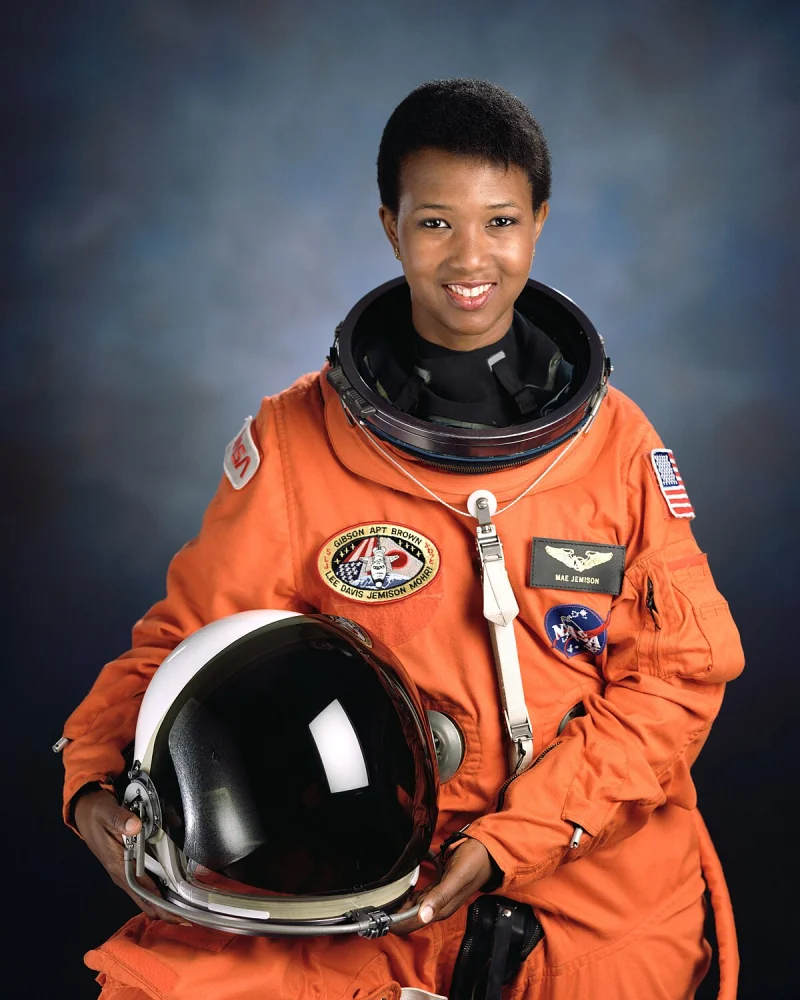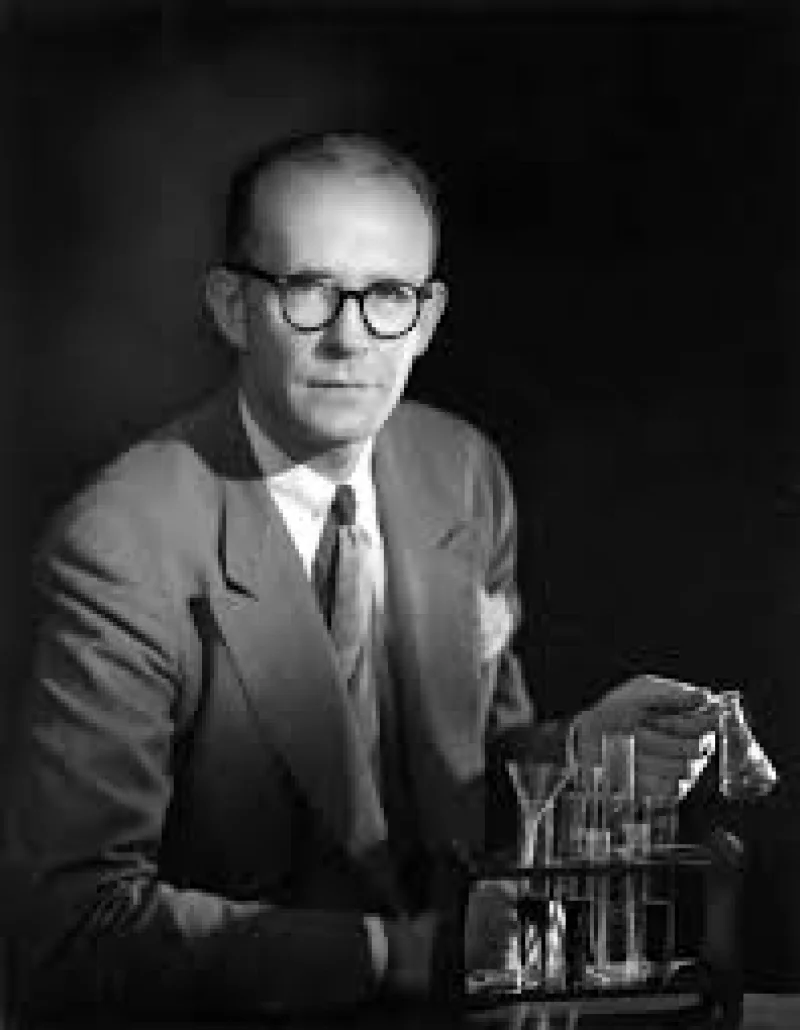Short Summary
Katherine Johnson was an African-American mathematician whose calculations of orbital mechanics at NASA were crucial to the success of U.S. spaceflights. Her brilliance helped send astronauts into space and bring them back safely, and she overcame both racial and gender barriers throughout her career.
Early Life & Education
Katherine Johnson was born on August 26, 1918, in White Sulphur Springs, West Virginia. She showed extraordinary talent in mathematics from a young age. By 14, she had finished high school, and at 18, she graduated summa cum laude from West Virginia State College with degrees in mathematics and French. She was one of the first African-American students to integrate the graduate school at West Virginia University.
Career Highlights
- In 1953, she joined the National Advisory Committee for Aeronautics (NACA), which later became NASA.
- She worked as a “computer,” manually performing complex calculations.
- Johnson’s calculations were critical for the Mercury and Apollo missions, including John Glenn’s historic orbit around Earth in 1962.
- She worked at NASA for over 30 years, contributing to many key projects in aerospace science.
Major Achievements
- Calculated the flight path for Alan Shepard, the first American in space.
- Verified computer-generated orbital equations for John Glenn's flight.
- Contributed to the calculations that enabled the Apollo 11 moon landing and safe return to Earth.
- Co-authored 26 scientific papers—rare for women at NASA at the time.
Famous Quotes
“Girls are capable of doing everything men are capable of doing.”
“We will always have STEM with us. Some things will drop out of the public eye and go away, but there will always be science, engineering, and technology.”
Interesting Facts
- She was portrayed by Taraji P. Henson in the Oscar-nominated film Hidden Figures (2016).
- In 2015, she was awarded the Presidential Medal of Freedom by President Barack Obama.
- NASA named a research facility after her: the Katherine G. Johnson Computational Research Facility in Virginia.
- She lived to be 101 years old, passing away in 2020.
- Her work helped inspire generations of young women and minorities to pursue STEM careers.
Legacy / Influence
Katherine Johnson’s legacy goes far beyond her mathematics. She broke racial and gender barriers and proved that brilliance knows no bounds. Her story continues to inspire young women in science, technology, engineering, and math. NASA recognized her as one of the most important figures in its history, and her impact on space exploration remains profound.
FAQ
Q: What was Katherine Johnson best known for?A: She was best known for calculating the trajectories for key NASA missions, including John Glenn’s 1962 orbital flight.
Q: Was Katherine Johnson in the military?
A: No, but her work directly supported U.S. military and space initiatives during the Cold War.
Q: What barriers did she overcome?
A: She overcame racial segregation and gender discrimination in a field dominated by white men.
Q: Is Hidden Figures a true story?
A: Yes, it’s based on real events and highlights the achievements of Johnson and her colleagues at NASA.
Q: When did Katherine Johnson die?
A: She passed away on February 24, 2020, at the age of 101.












